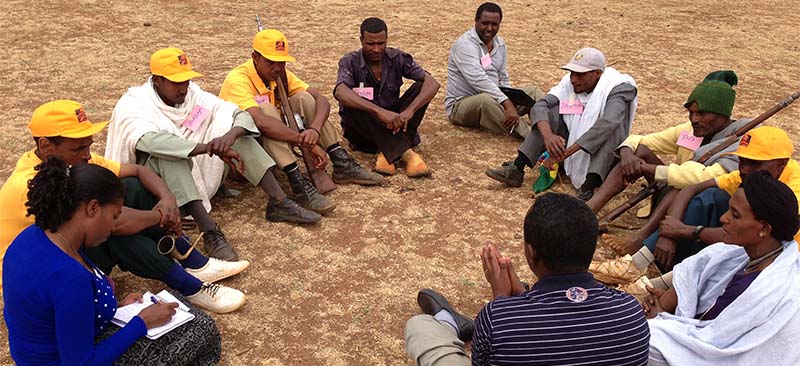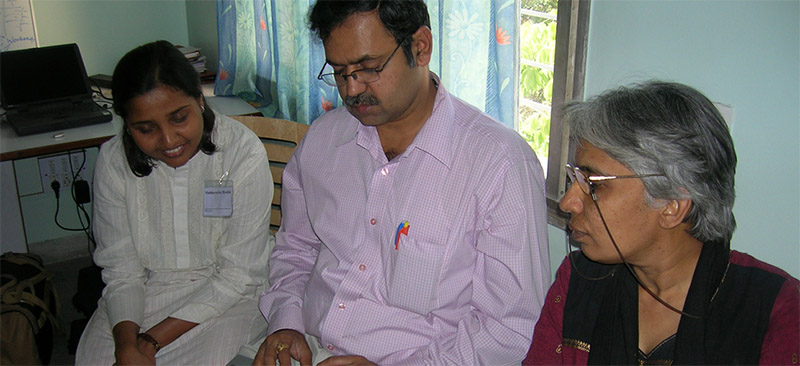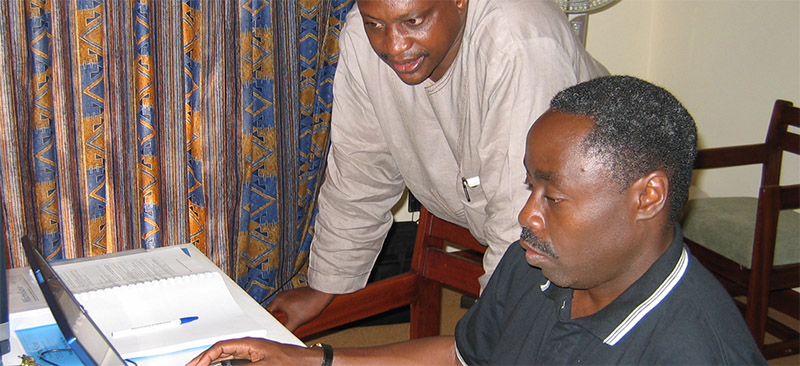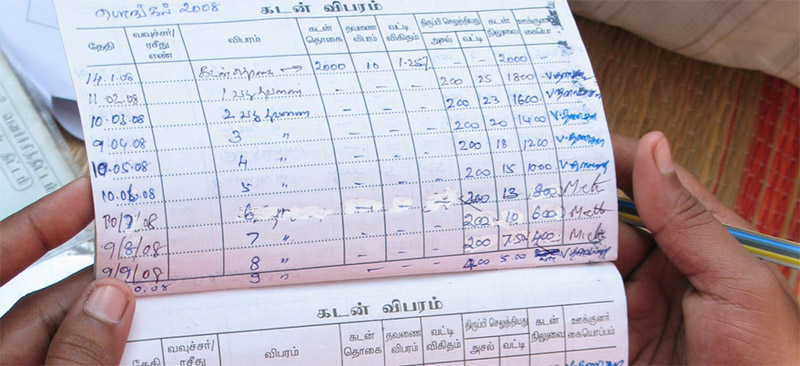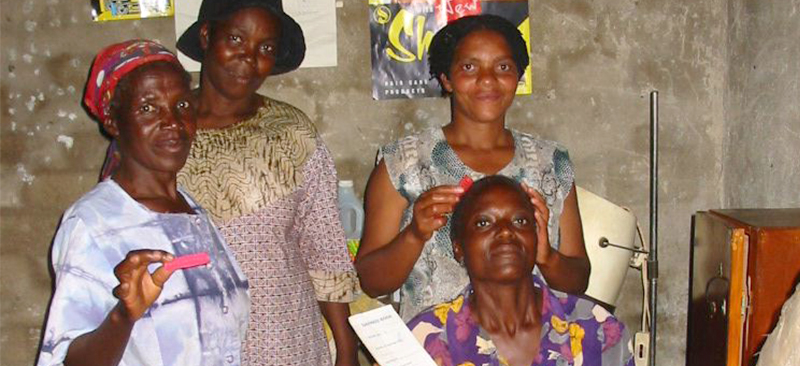The last decade of microfinance practice, particularly in East Africa, has neglected rural finance. Support to the sector has concentrated on turning credit programmes into sustainable microfinance institutions (MFIs). The result of this has been a focus on small-scale businesses and especially traders, who can manage these relatively inflexible products, and consequently also a concentration of their activities in urban environments and market centres. At the same time there is evidence of innovation in Kenya in the form of managed ASCA programmes, Financial Service Associations and the emergence of ‘non-traditional’ SACCOs. This paper describes models of provision in Kenya that are reaching remoter areas or appear to have the potential to do so; analyses the characteristics of these models and presents the outline of an action research project to promote rural financial service provision.
Blog
Systematic Product Development
This note briefly outlines the stages of product development for an MFI and categorises it into five distinct phases—evaluation and preparation, market research, concept/prototype design, pilot testing and its launch and roll out. It also gives a brief of various toolkits that have been developed by MicroSave enabling MFIs to better understand their clients’ needs and serve them efficiently.
Governance Challenges and Possible Solutions for Small to Mid-size BPRs
In both the 2008 and 2009 Microfinance Banana Skins reports, corporate governance was ranked as one of the topmost pressing risks facing the sector. The Banking Banana Skins report 2012 also recognised the need of stronger governance and risk management practices. Key industry players including regulators, donors and investors highlighted the need for appropriate governance structures and processes. This Note addresses the most common challenges faced by small to mid-size rural banks in Indonesia and highlights possible solutions. It concludes that for a small to mid-size rural banks and MFIs good governance can establish the right long-term foundation (guiding principles, vision, mission and so on) to ensure that the institution stays on track to achieve its business and social goals. Rural banks and MFIs face increasing governance challenges to address issues such as rapid growth, sustainability and formalisation. Without a governance structure designed so that the institution’s stakeholders (board of directors, managers, owners, regulatory authorities, etc.) can adequately oversee the effective management of the institution, financial solvency and long-term sustainability will be at risk. Establishing a good governance system requires an appropriate combination of board members and their full participation. Promoters, governing board members and the chief functionary have to work in collaborative coordination to ensure effective governance.
Money Managers: The Poor and Their Savings
This note briefly discusses the savings needs of poor people in various stages of their lives and categorises the expenditures into life cycle events, emergencies and opportunities, which are often more than their savings back up. It also suggests three ways to covert the savings into a good lump sum—savings up means putting aside a small sum of money till it accumulates in a large sum, savings down in which poor receive an advance against future savings, and savings through where the poor continuously saves on a regular basis, and a matching lump sum is made available at some point in time during this flow of savings deposit. It suggests designing products which are convenient, quick, appropriate, flexible and affordable.
Two Perspectives on Savings Services
This Briefing Note targets savings from two perspectives: that of the poor, who traditionally prefer “structured and committed savings mechanisms that prohibit them from withdrawing in response to trivial needs and allow them to fend off the demands of marauding relatives requesting ‘loans’ or assistance” and the MFIs, who “tend to use a strategy of ‘permanence and growth’ and look to create sustainable institutions that deliver financial services to an ever-increasing number of clients”.
Product Costing in Practice: The Experience of MicroSave
MicroSave’s work with its Action Research Partners has clearly demonstrated that product costing interacts strategically with a diverse range of business areas, including: pricing, efficiency, outreach, the design of incentive schemes, the identification of the most suitable product mix, marketing, customer service, staffing patterns, profit centre accounting and budgeting. These strategic dimensions of costing have been little recognised to date. This note highlights the lessons learned from MicroSave’s Action Research Programmes in Eastern and Southern Africa in terms of costing and pricing of financial services.
